Biennale 2019. Stanislav Kolíbal's solo exhibition at the Pavilion of the Czech Republic and Slovakia.
The Pavilion of the Czech Republic and Slovakia at the 58th Venice Biennale presents the exhibition Trascorso Incerto Intuerto, a solo show by Stanislav KolÃbal (Orlová, 1925), one of the most important living Czech artists and a leading exponent of his country’s avant-garde. The exhibition, curated by Dieter Bogner, sets up in Venice an itinerary that the curator himself calls “semi-retrospective” and yet does not fail to showcase some recent ones as well. The title of the exhibition derives from a conceptual installation that KolÃbal made in the mid-1970s, and which can be seen inside the pavilion: the poetic and ambiguous character of KolÃbal’s work, the curator points out, “is fundamental to understanding the artist’s position with respect to time, life and art.”
KolÃbal’s art represents a kind of fusion of minimalist and poor art, and focuses on the interrelationship existing between perfection/insufficiency, stability/instability, clarity/ambiguity, certainty/uncertainty. These are fundamental categories for KolÃbal, which in his sculptures, installations and drawings appear linked to each other and also testify to the historical and political past experienced by the artist, often becoming symbols of instability (KolÃbal’s art abounds with figures in precarious balance).
The exhibition presented at the Venice Biennale dalso includes a site-specific intervention and juxtaposes a “spatial drawing” in the exteriors, connected to the modernist facade of the Czech and Slovak Pavilion, with a large-scale “mural drawing” inside the building itself: both of these interventions were specially made for the occasion. In addition, the exhibition offers the public historical works, including a group of white sculptures from the 1960s, and four conceptual wall installations dating from the 1970s, made from salvaged materials.
The exhibition is accompanied by a 220-page richly illustrated catalog. In the 100-page biographical essay, Dieter Bogner traces KolÃbal’s existential parabola from the 1930s to the present day, with an array of images illustrating all periods of his life and documenting his artistic production. The second part of the catalog includes reflections by several leading experts, active in the Czech Republic or elsewhere, including art historian Terezie Nekvindová (Academy of Fine Arts, Prague), mathematician Jaroslav Neet?il (Charles University, Prague), linguist Martin Prinzhorn (University of Vienna), architectural theorist Jan Tábor (Vienna), and curators Christian Rattemeyer (Museum of Modern Art, New York), Juliet Bingham (Tate Modern, London) and Alicia Knock (Centre Pompidou, Paris). Karel t?drý and Patrik Svoboda are authors of the graphic design. The catalog is edited by Dieter Bogner and Adam Budak and published by Walther König Verlag.
Stanislav KolÃbal was born in Orlová in 1925 and currently lives and works in Prague. He studied graphic design at the Academy of Applied Arts and set design at the Academy of Performing Arts, also in Prague. His works have been included in major international exhibitions, such as Between Man and Matter (Metropolitan Art Gallery Tokyo, 1970), Sculpture from 20 Nations (New York, 1967), Transforming Chronologies (MoMA New York, 2006), and Other Primary Structures (Jewish Museum, New York, 2014), and presented in solo exhibitions at the Pavilion of Contemporary Art (Milan, 1983), the National Gallery in Prague (1997, 2015), and Labil - Stabil (Deichtorhallen Hamburg, 2000). KolÃbal’s work, however, is still waiting to be placed in a broader international context.
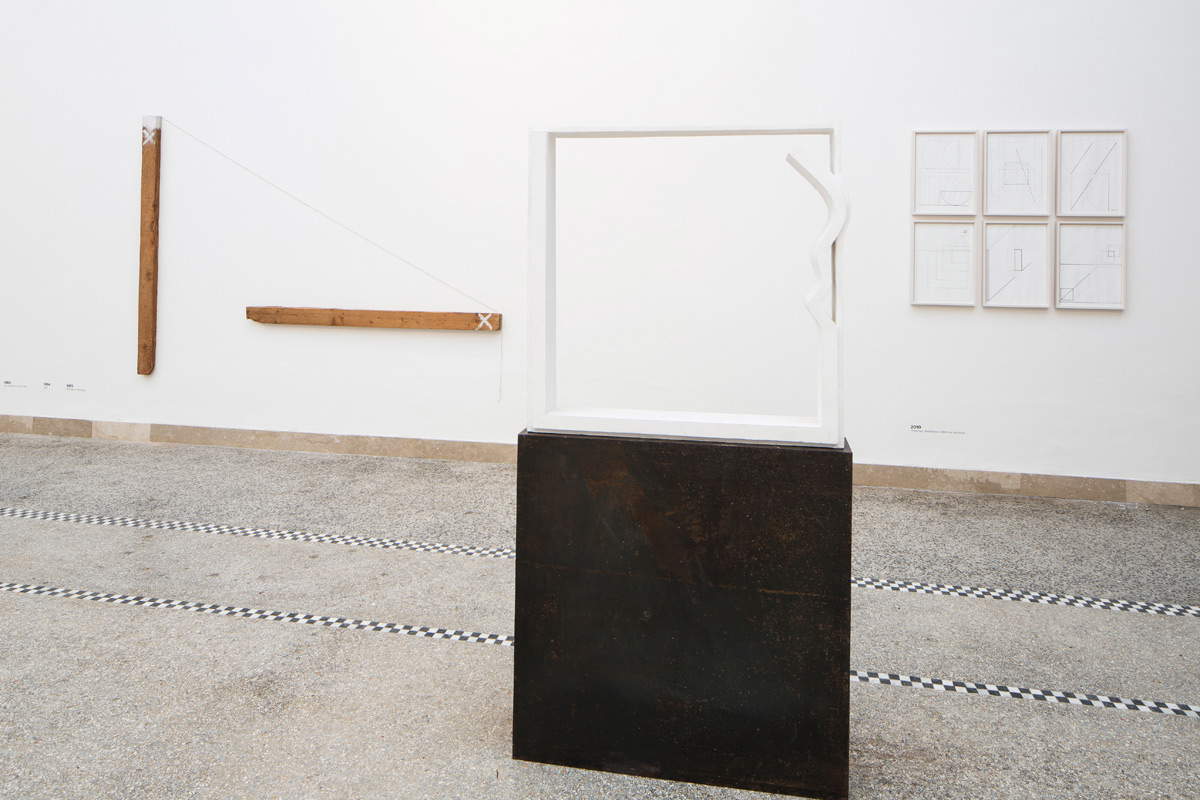 |
| Pavilion of the Czech Republic and Slovakia. Ph. Credit Francesco Galli © La Biennale di Venezia |
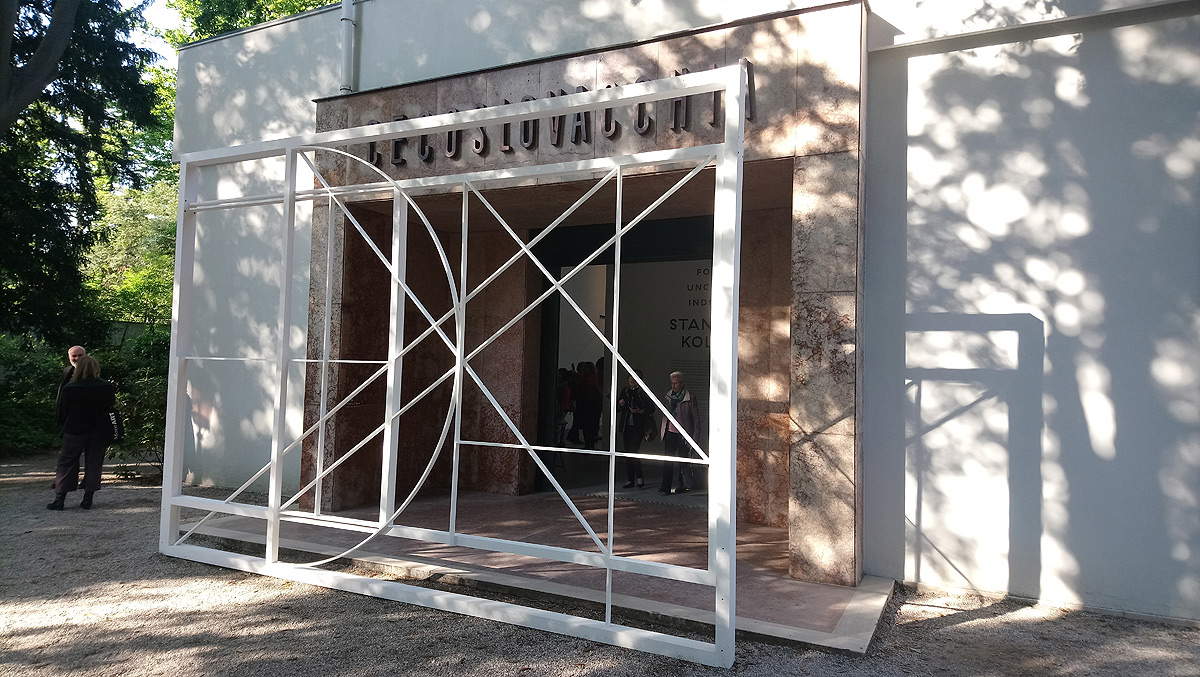 |
| Pavilion of the Czech Republic and Slovakia. Ph. Credit Finestre Sull’Arte. |
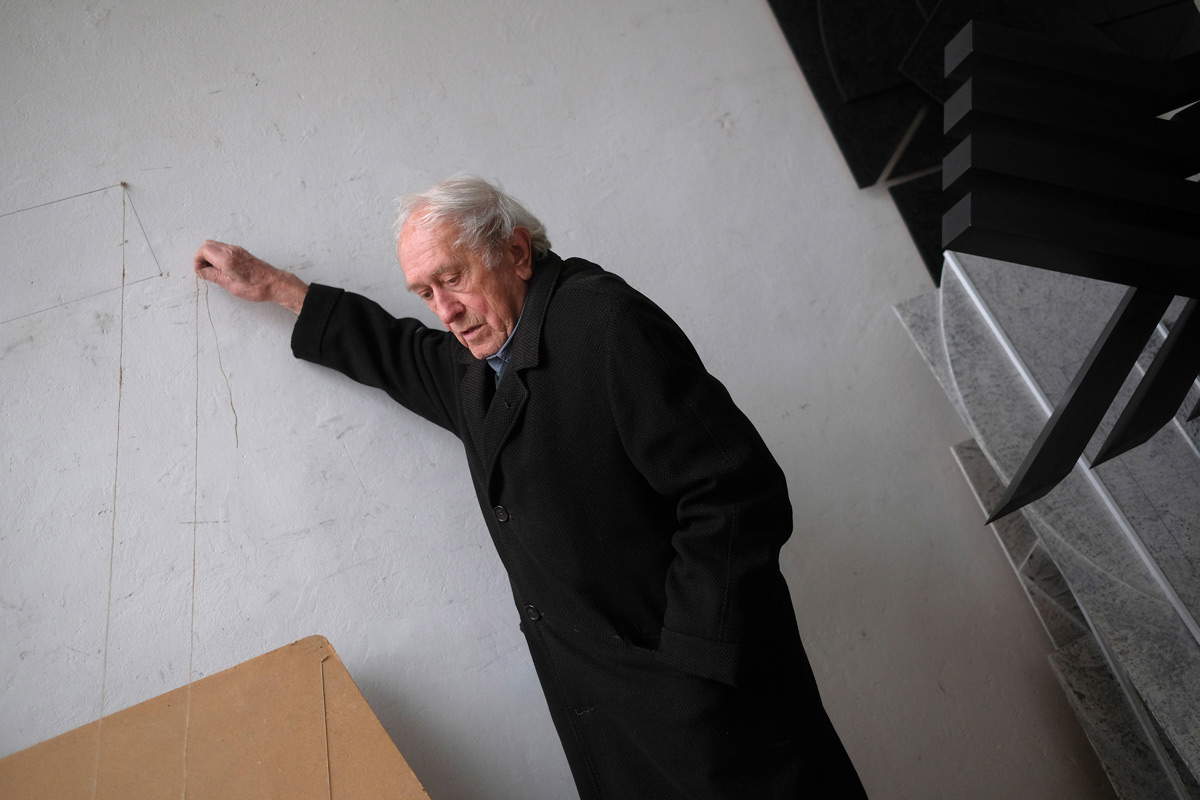 |
| Portrait of Stanislav KolÃbal. Ph. Credit Martin Polák. Courtesy the artist |
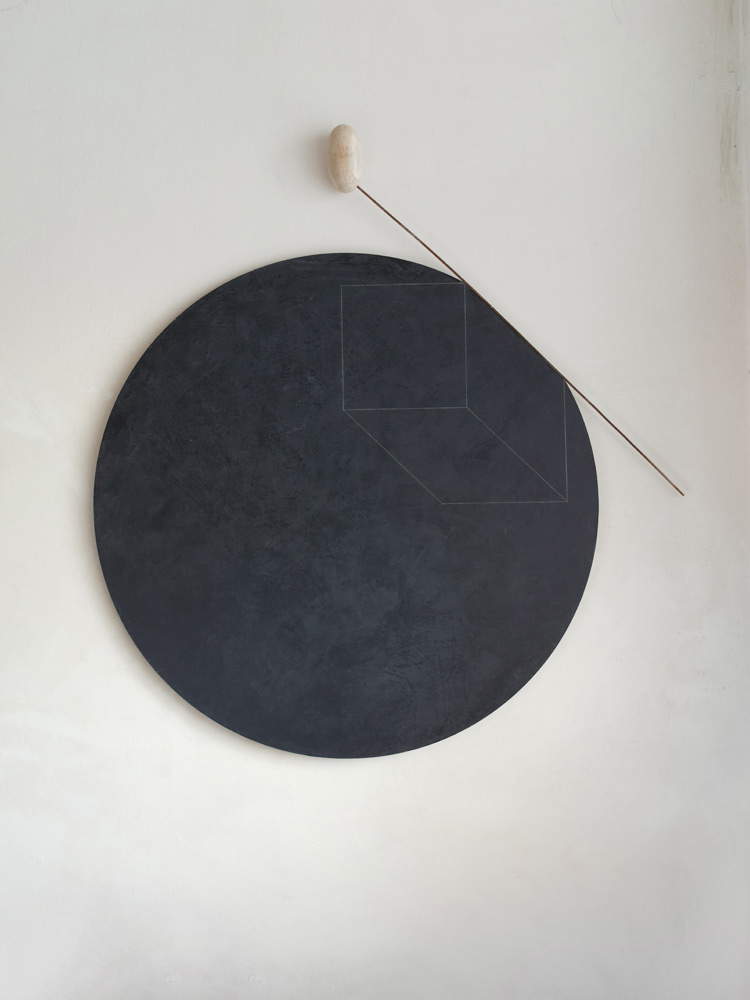 |
| Stanislav KolÃbal, Borderline between Light and Dark (1985; wood, putty, wax, iron, diameter 185 cm). Ph. Credit Martin Polák. Courtesy the artist |
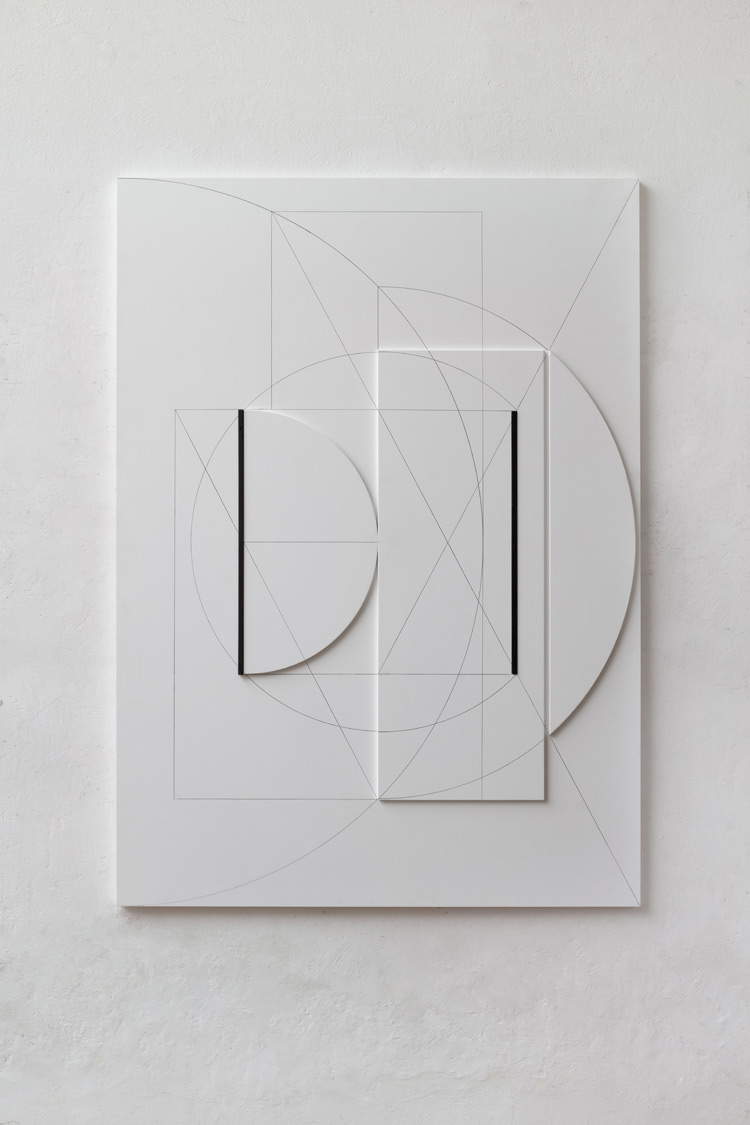 |
| Stanislav KolÃbal, White relief (2016; wood, drawing, iron, 150 x 108 x 5 cm). Ph. Credit Martin Polák. Courtesy the artist |
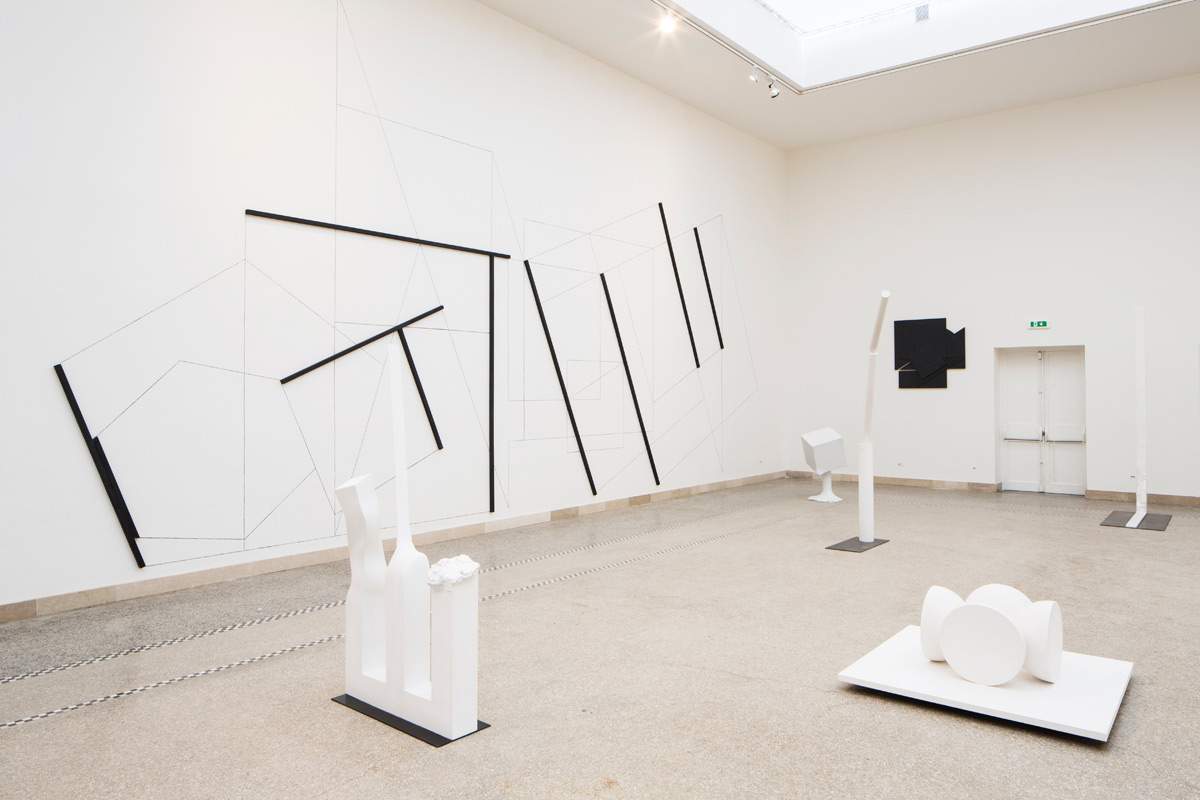 |
| Biennale 2019. Stanislav KolÃbal's solo exhibition at the Pavilion of the Czech Republic and Slovakia. |
Warning: the translation into English of the original Italian article was created using automatic tools. We undertake to review all articles, but we do not guarantee the total absence of inaccuracies in the translation due to the program. You can find the original by clicking on the ITA button. If you find any mistake,please contact us.





























